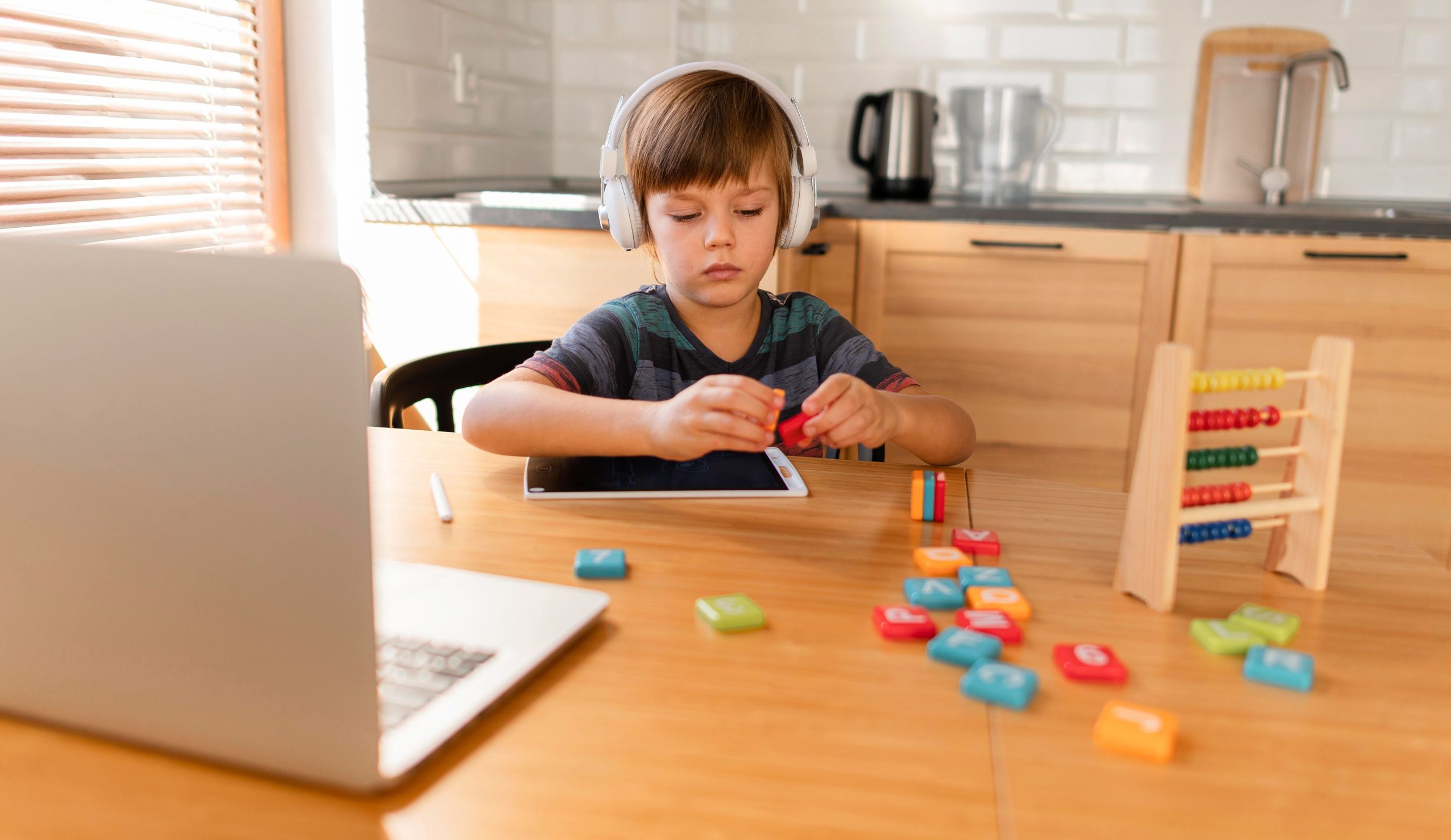The Crucial Role of Sensory Input in Preschoolers’ Development
The Crucial Role of Sensory Input in Preschoolers’ Development
Introduction
Humans gather information about their surroundings through their senses, known as sensory input. This input is particularly vital for preschoolers, whose brains are rapidly developing. Here’s why sensory input is paramount for their growth and how it impacts various aspects of their development.
Language Development
Preschoolers’ exposure to diverse sounds and languages enhances their language skills and vocabulary. Sensory input through activities like reading and storytelling fosters language development by introducing new words and concepts.
Cognitive Development
Sensory input aids preschoolers in distinguishing objects and understanding cause and effect. Activities involving different textures, shapes, and colors stimulate their brains, enhancing spatial awareness, problem-solving skills, and memory.
Social Development
Interacting with others provides sensory cues that help preschoolers interpret social situations. Physical contact and playtime foster empathy, cooperation, and communication skills, crucial for healthy social development.
Emotional Regulation
Sensory input plays a role in emotional regulation by providing comfort during distress. Activities like hugs or using sensory materials help preschoolers manage stress and anxiety, promoting emotional well-being.
Creating Sensory-Rich Environments
Parents, caregivers, and educators should create diverse sensory experiences for preschoolers. Incorporating sensory activities, understanding individual sensory needs, and avoiding excessive screen time contribute to a balanced sensory environment.
Supporting Special Needs
Sensory input is especially beneficial for preschoolers with sensory processing disorders or autism spectrum disorder. Tailoring sensory experiences to their needs can improve focus, reduce anxiety, and enhance social interactions.
Conclusion
Understanding and providing appropriate sensory input is crucial for preschoolers’ holistic development. By nurturing their sensory experiences, we empower them to navigate the world with confidence, resilience, and well-being.
